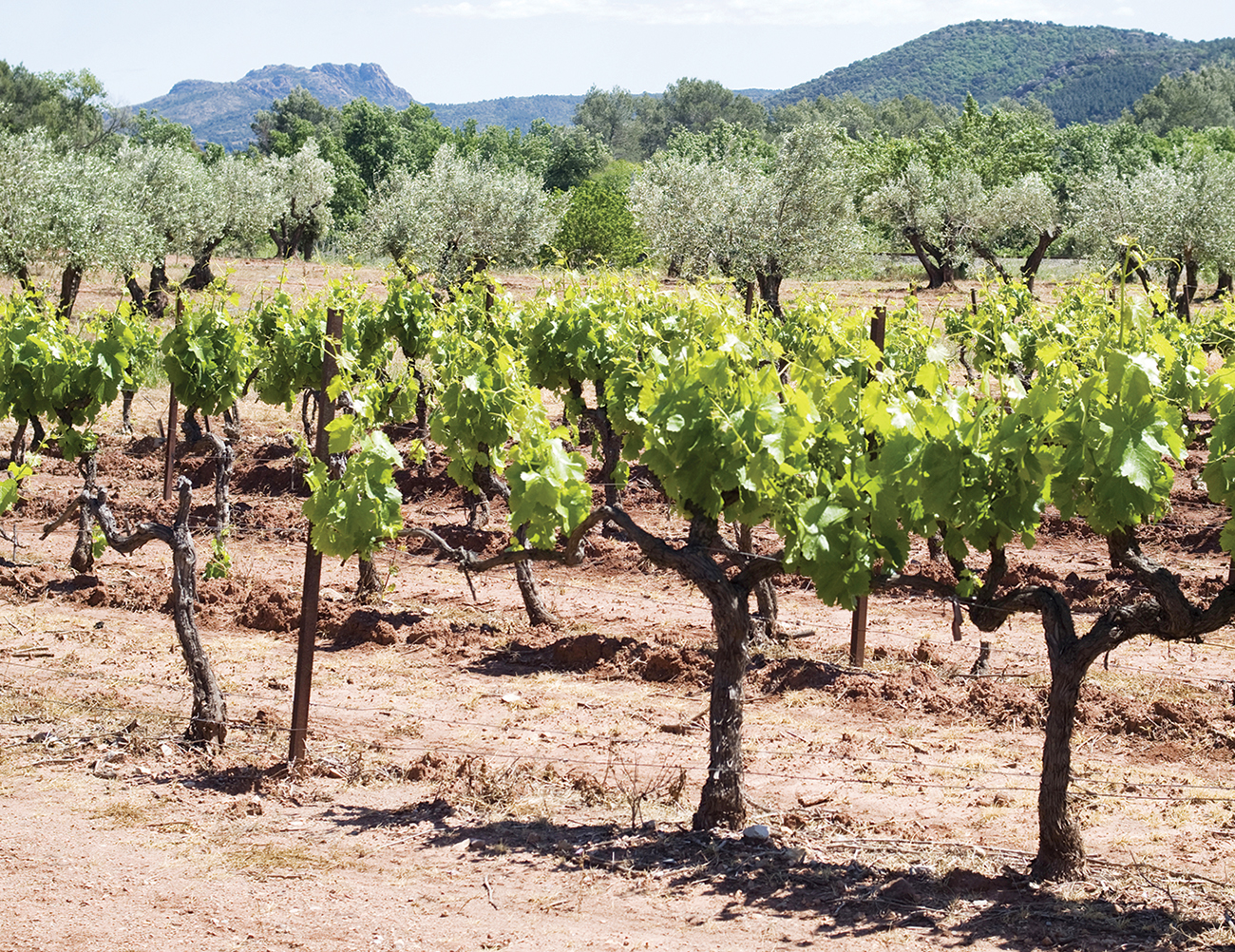Some people lick vineyard rocks. It’s not a fetish; it’s a very literal way to get a mouthful of terroir. Dirt is one of the major reasons why the same grape variety makes very different wine in different parts of the world. This is why you’ll find references to soil type on wine labels, websites and books, and at wine tastings.
Vineyard dirt is so critical to the world’s top wines that it has achieved an almost mythic status: Visitors to Burgundy – a region famous for its limestone soil – have been known to kneel and kiss the ground.
Soil type doesn’t directly translate to a set of flavours in wine. It’s true that many wines smell earthy, like freshly turned garden soil, rich forest floor or wet rocks. Wine tasters also like to toss around the term “minerality” to describe wines that have earthy essences. But soil type is mainly expressed not in a wine’s flavour profile, but rather in its acid and tannin structure.
There are hundreds of soil types, dozens of which are associated with wine production. Two of the most prized soils are limestone and volcanic. Limestone soil is found in the world’s top wine regions: Champagne, Burgundy, Bordeaux, Piedmont, Chianti, Rioja. These wines are elegant with a linear yet complex structure, fine-grained tannins and a long finish. Volcanic soil is found in wine regions throughout the world: Mount Etna in Sicily, Santorini in Greece, the northern Rhne Valley in France, Ras Baixas in Spain. This soil gives a needle-sharp acidity and freshness to wine, and sometimes an ashy texture and/or sandy-textured tannins.
Like this content? Get more delivered right to your inbox with Ed. Eats
A list of what’s delicious, delectable and delightful.
